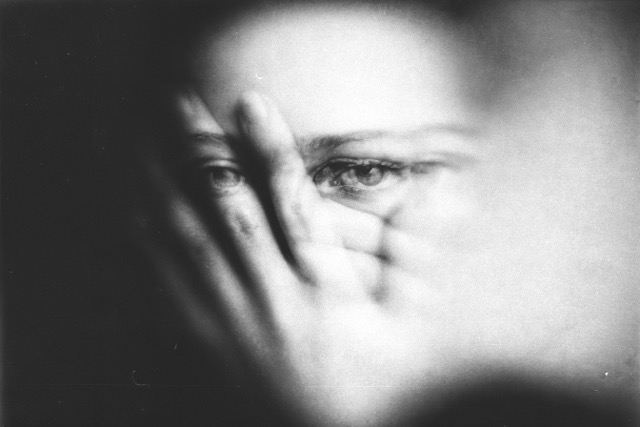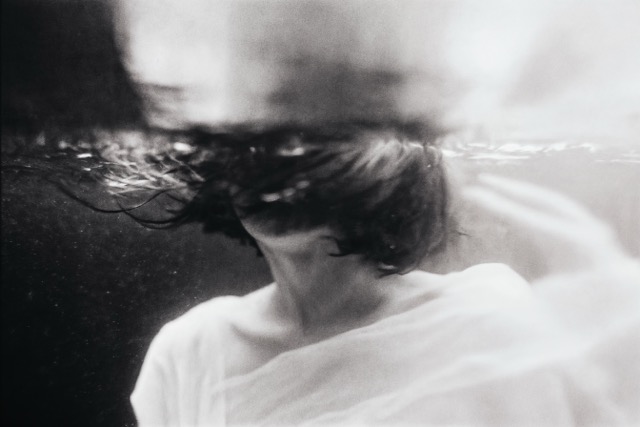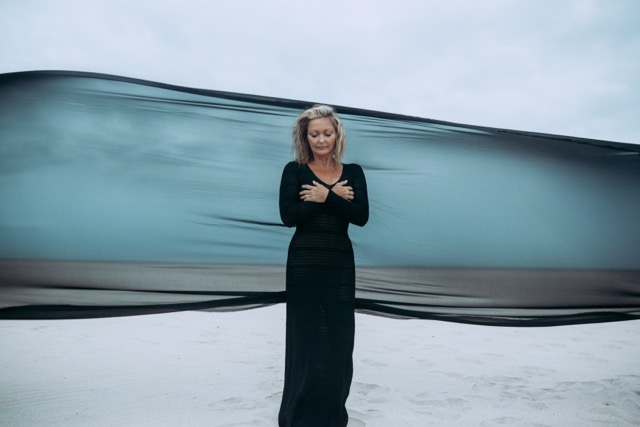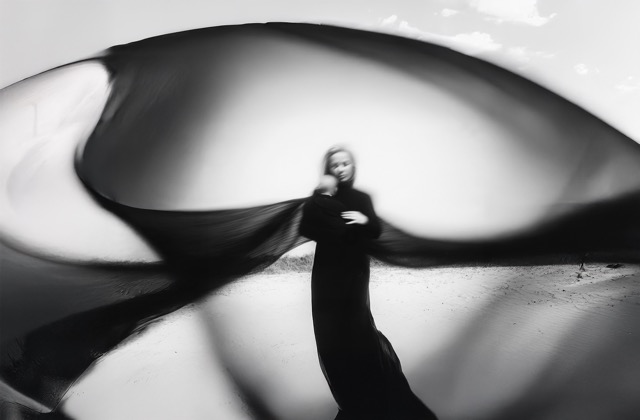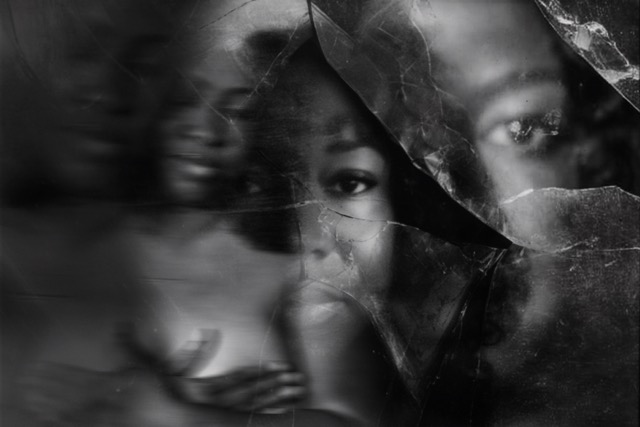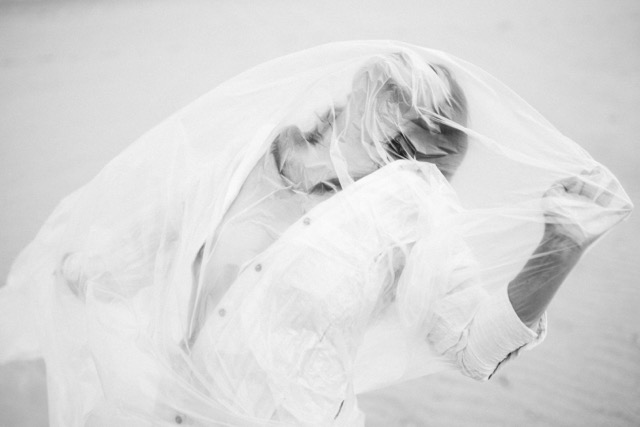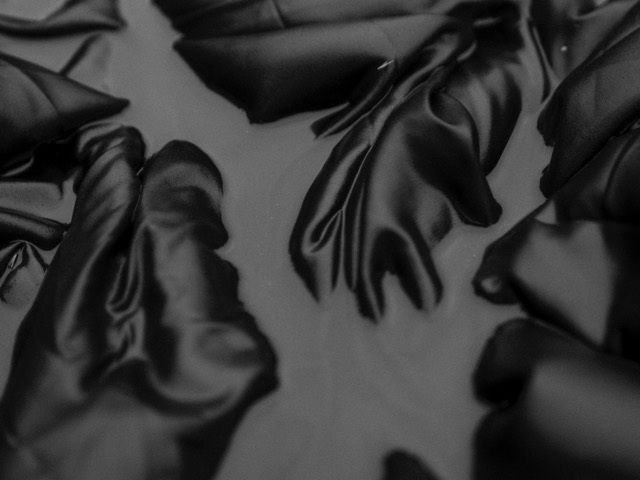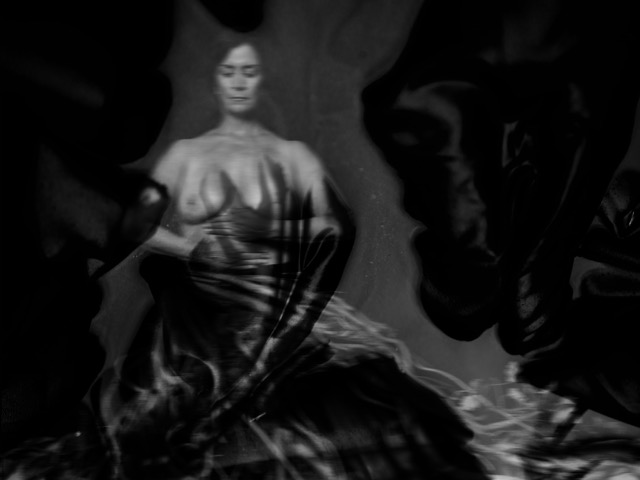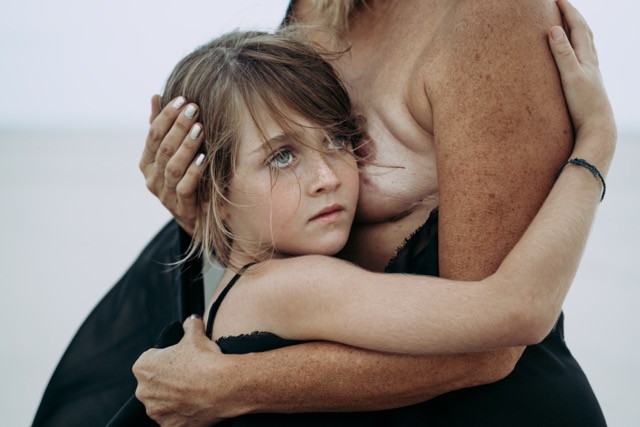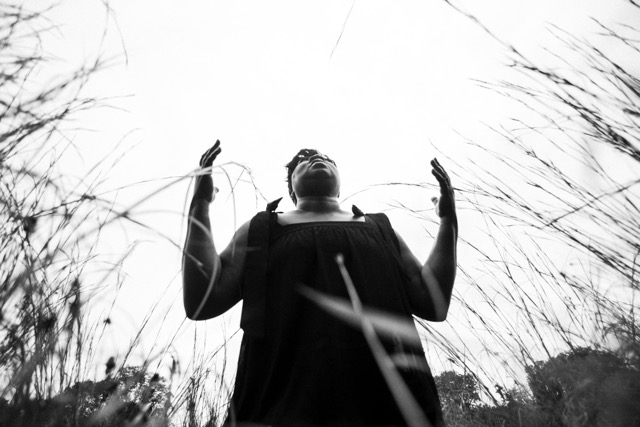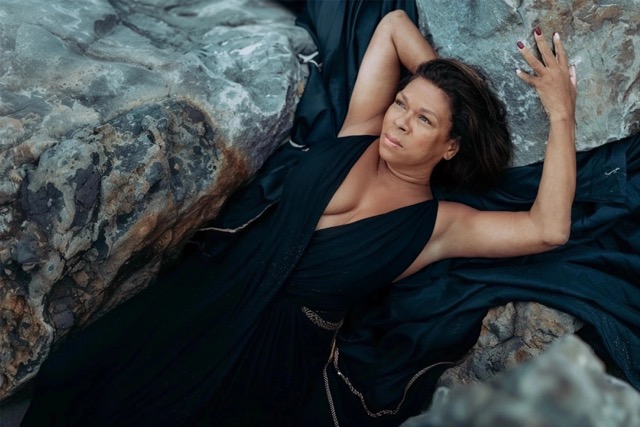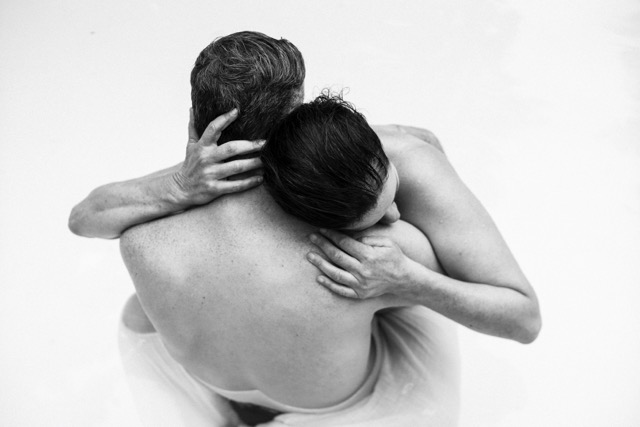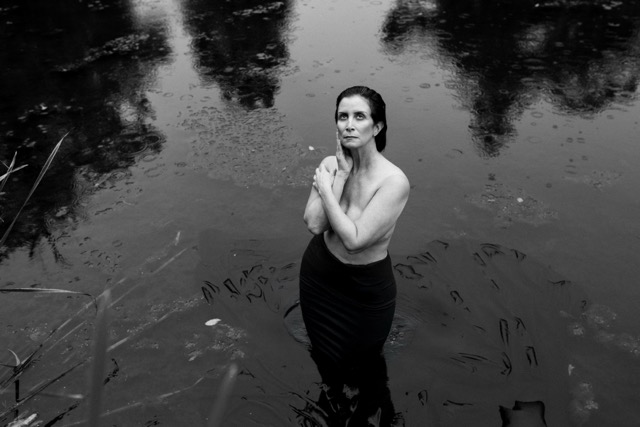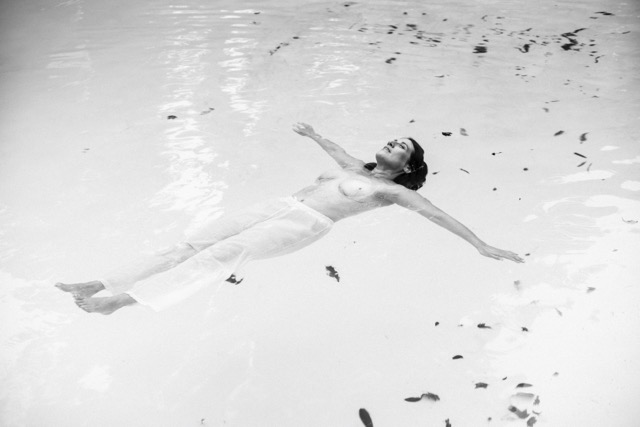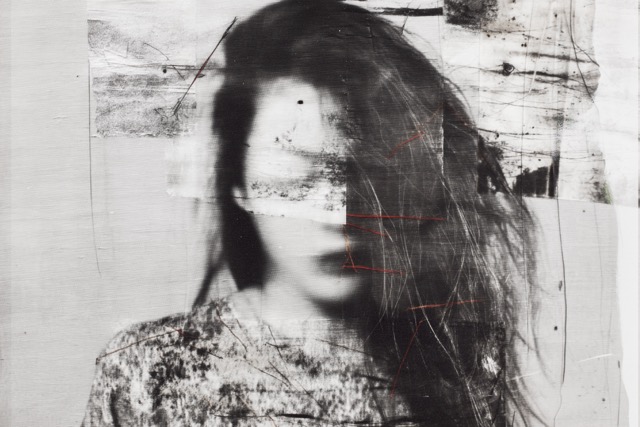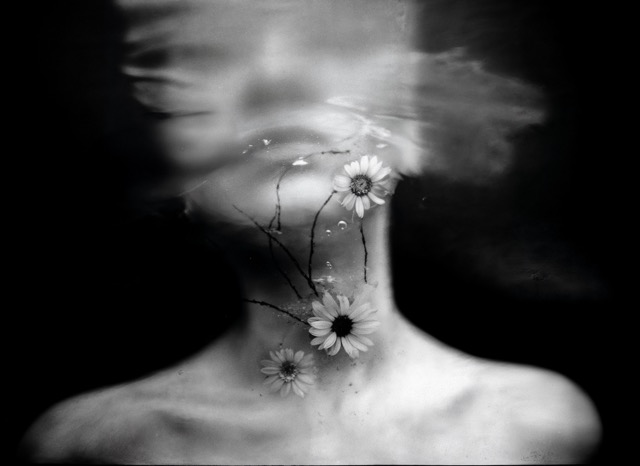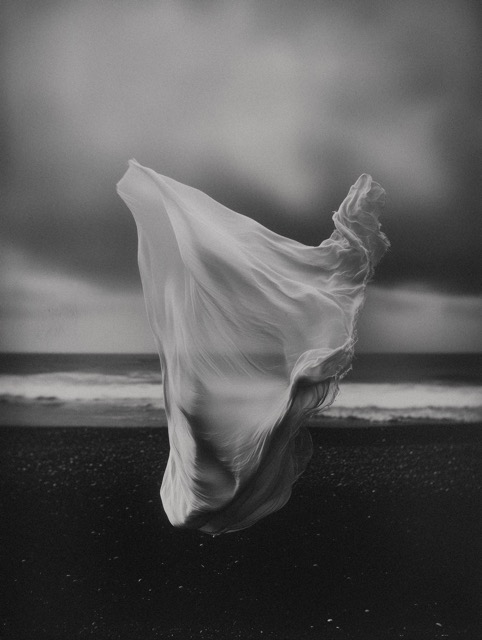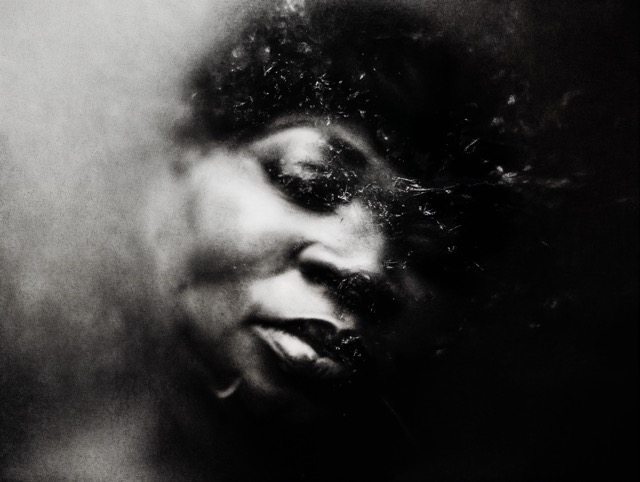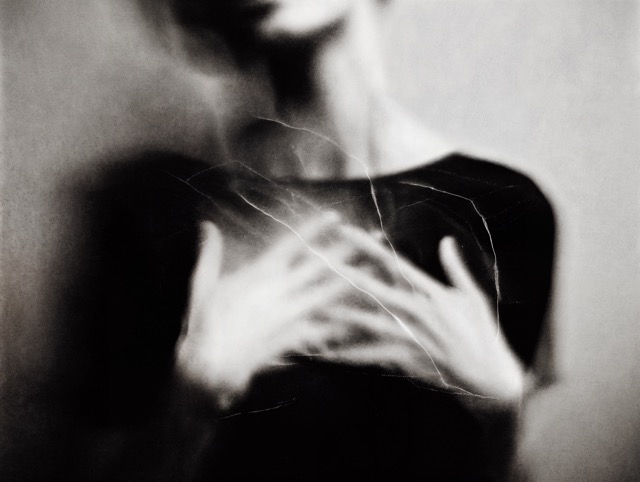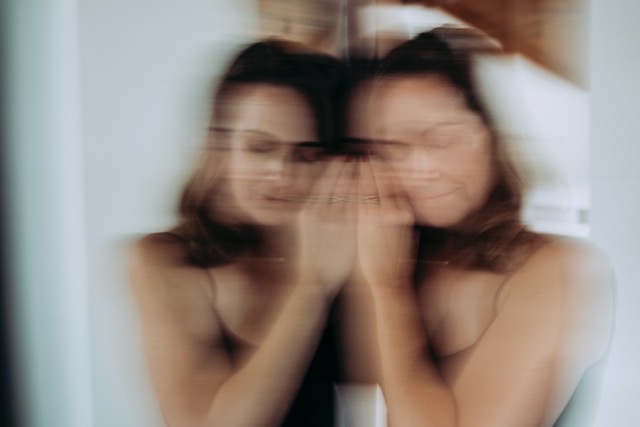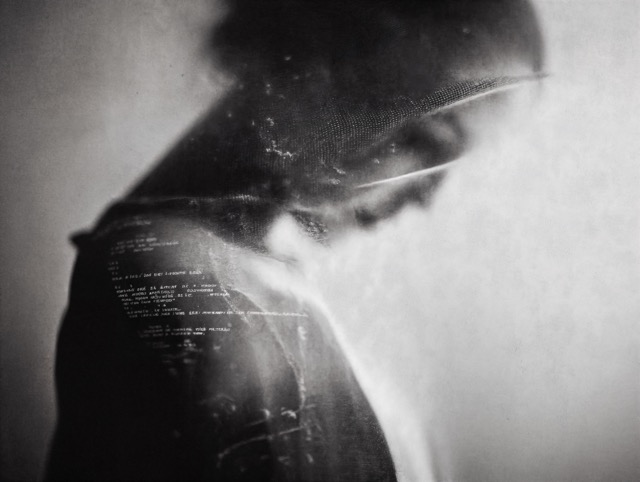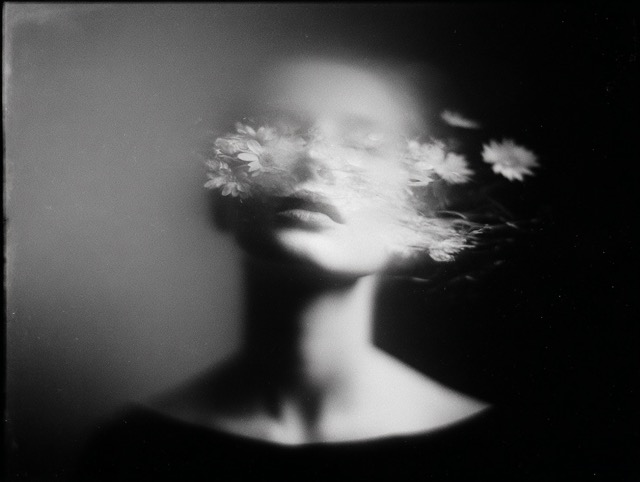Regenerate is an exploration of healing, resilience, and technology. Drawing from the experiences of nine women who have faced breast cancer, the work uses a series of photographs and generative AI‑assisted images that illuminate the often unseen mental journey of diagnosis, treatment, and physical recovery. By way of art, the project aims to delicately surface the sensitivities surrounding breast cancer, while encouraging awareness and fundraising for lifesaving research in a truly unique manner.
Jonathan Bank, MD
Panta rei
(Everything flows)
– Heraclitus, ~500 BCE
I was somewhat surprised, and found it poignant, that many of the women in this book found solace in, or connection to, one body of water or another. We humans have an interesting relationship with water. It is essential for our existence, yet, in a flash, it possesses the power to wash everything away. We are dependent on it; we cannot control it. We live surrounded by it; it makes up most of our body’s content. Millennia of technological advancements have tried to harness it, purify it, create it. We need water to cool and temper the technology we have created. We remain at its whim.
Like the duality water holds in its softness and strength, the acts of surgical breast reconstruction are often mammoth manipulations that hinge on minuscule maneuvers. The ability to achieve both meaningful and high-quality physical restoration is enhanced by technology propelled by human innovation. This requires persistence: like water, these improvements are subtle but strong; they surmount perceived impasses, reshaping landscapes. The concomitant emotional recovery should, too, benefit from those advancements and not be neglected. Profound pain and transformation often leave no scar, no words to explain, and are harder to depict. They are much harder to depict.
This book and accompanying multimedia material are an attempt to generate images of the psyche, of the emotional terrain and inner landscape healing that happens beneath the surface. “This is what is going on in my head at 2 AM when I cannot sleep, thinking about my family, my children, my mortality, my life.” The mind is literally and figuratively conjoined with the body. It remains impossible to separate them during the phases of breast cancer treatment, and so they face the journey together. Considering this, the creative team incorporated photographs of a cohort of women affected by breast cancer, with images created using technology. Employing the instrument of generative AI allowed us to distill their words into an immersive body of visual work.
Much like reconstructive surgery, this process had a direction, a vision, and innumerable confounders, twists and turns. And so, like water—it flowed. Each of the nine participants brought their stories, imaginings, insecurities, and striking strengths. In they jumped—some tiptoed. Much like the trust they granted their respective treatment teams, they dove together, with faith, into this endeavor, permitting a group of fellow female creatives to flow with the current, continuously evolving, technology. In unison, they confided that they viewed their participation in this project as an expanded form of their own healing. Notably, all shared the distinct conviction that revealing their own vulnerabilities would strengthen the vulnerable stranger, who too feels as if she is drowning in the undercurrent of uncertainty.
In surgery, we know how we begin, and we prepare to respond to the unknowns in alignment with our objectives. Here, we began with an idea. The images were unknown: the stills, the motion, the ones humans fed into the computer’s system to be reassembled from binary code. With the words found, and the images born, we planned to compile the vision. We followed that plan with the same success of someone going to sleep and planning what to dream. Multiply that by a whirlpool of minds storming together, trying to do justice to the intense experiences of multiple women.
“Was this all a dream?” However that vivid dream was encoded, I believe the output objective was regeneration: “I am better for it. Processing complete.” Zeros and ones. We, too, are either on or off. Perhaps life, and art, exist in the blank space between those digits. Perhaps they exist in their infinite combinations. Have we reached technological equilibrium to a level that can clearly reflect unfiltered thoughts? I, myself, think not (maybe that is a good thing…) Will it ever? It is likely that I will never find out. Can we use it today to drop some light, or, better yet, to help a person flooded in darkness? I, for one, hope so.
